People already have a love/hate relationship with Tinder, and now the popular dating app has divided social media users by adding a height filter feature to allow users to select a preferred height range for their matches.
Tinder says the height setting does not act as a “hard filter.” Instead, it allows users to indicate a preference that the app’s algorithm uses as a guideline when suggesting potential matches. Profiles that fall outside the specified height range may still appear in recommendations.
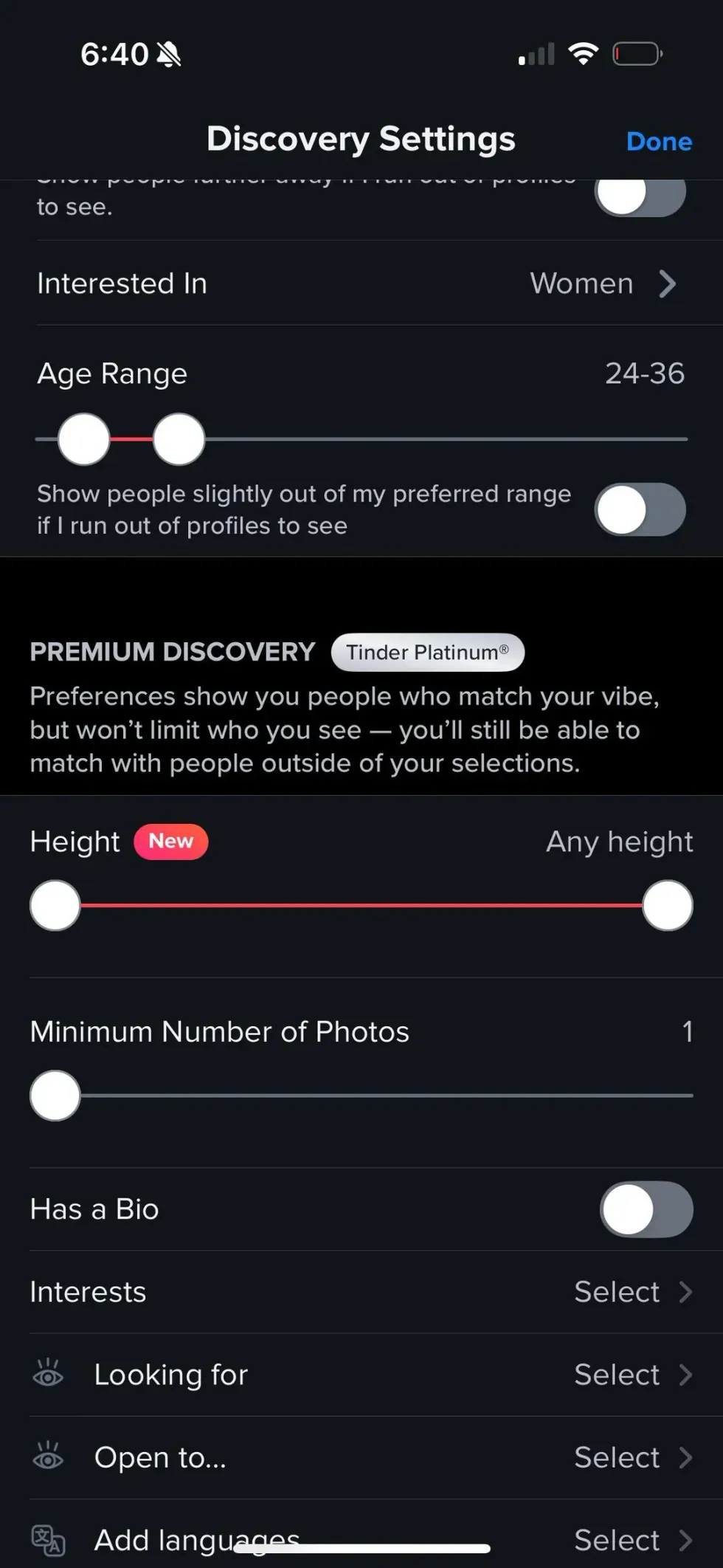
In an emailed statement to Tech Crunch, Phil Price Fry, Tinder's Vice President of Communications, said:
“We’re always listening to what matters most to our Tinder users — and testing the paid height preference is a great example of how we’re building with urgency, clarity, and focus. This is part of a broader effort to help people connect more intentionally on Tinder."
"Our new product principles guide every decision, and this one speaks directly to a few: prioritizing user outcomes, moving fast, and learning quickly. Not every test becomes a permanent feature, but every test helps us learn how we can deliver smarter, more relevant experiences and push the category forward.”
But it's worth noting that physical appearance has increasingly become a key factor in determining compatibility since the advent of online dating.
Tinder, in particular, has amplified this trend through its photo-centric design, which encourages users to make rapid judgments based primarily on images. The app’s signature swipe feature reinforces this behavior, prompting quick decisions about potential matches with minimal information beyond visual cues.
Additionally, height preferences on dating apps have long been a source of frustration for men who use them, a phenomenon that was explored in a 2022 culture piece by Buzzfeed News that noted that "though the average height of men in the US is 5’9”, many people state in their dating profiles that their prospective date must be at least 6 feet tall."
While the term “short king" has enjoyed increasing popularity, there is plenty of research that height bias exists:
"Taller men make more money and are perceived as being more competent, better leaders, and more intelligent; one 2007 study found that even as early as kindergarten, shorter boys were perceived as less academically capable than their classmates."
"In a 2014 study, researchers at the University of St. Andrews in Scotland found that height appeared to be correlated with the perception of masculinity. When it comes to dating apps, one 2005 study found that men who said they were 6’3” or 6’4” got about 60% more messages than men who were 5’7” or 5’8"."
Some people are making sure not to single out shorter men using the height filter and expressed concerns about its use on the app.
Others, however, feel differently, so there are different dimensions to Tinder's announcement.
Tinder’s new height preference feature may be part of a broader strategy to attract and retain more female users, who are often outnumbered by men on the platform both in the U.S. and globally. The rollout comes amid declining subscriber numbers for Match Group, Tinder’s parent company, which reported a 5% drop in paying users year over year.
In the first quarter, paid subscribers across all Match-owned apps fell to 14.2 million, down from 14.9 million the previous year. The change also coincides with leadership shifts, as Match CEO Spencer Rascoff is set to take the helm at Tinder later this summer.

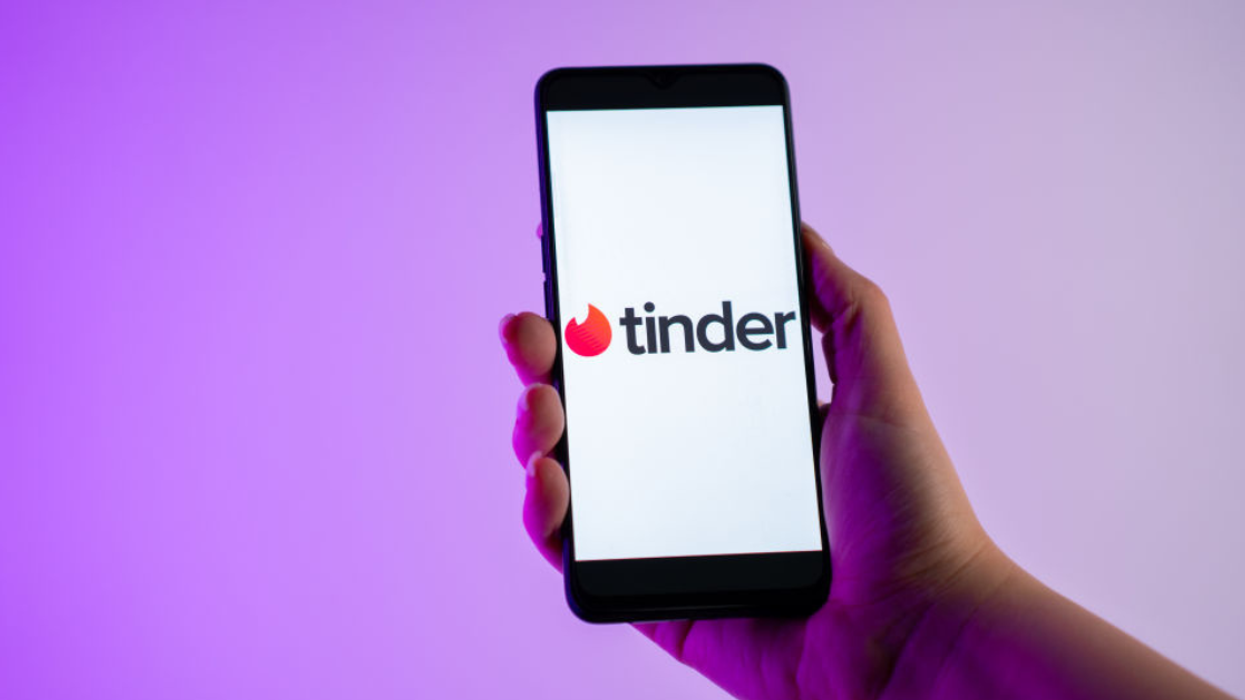


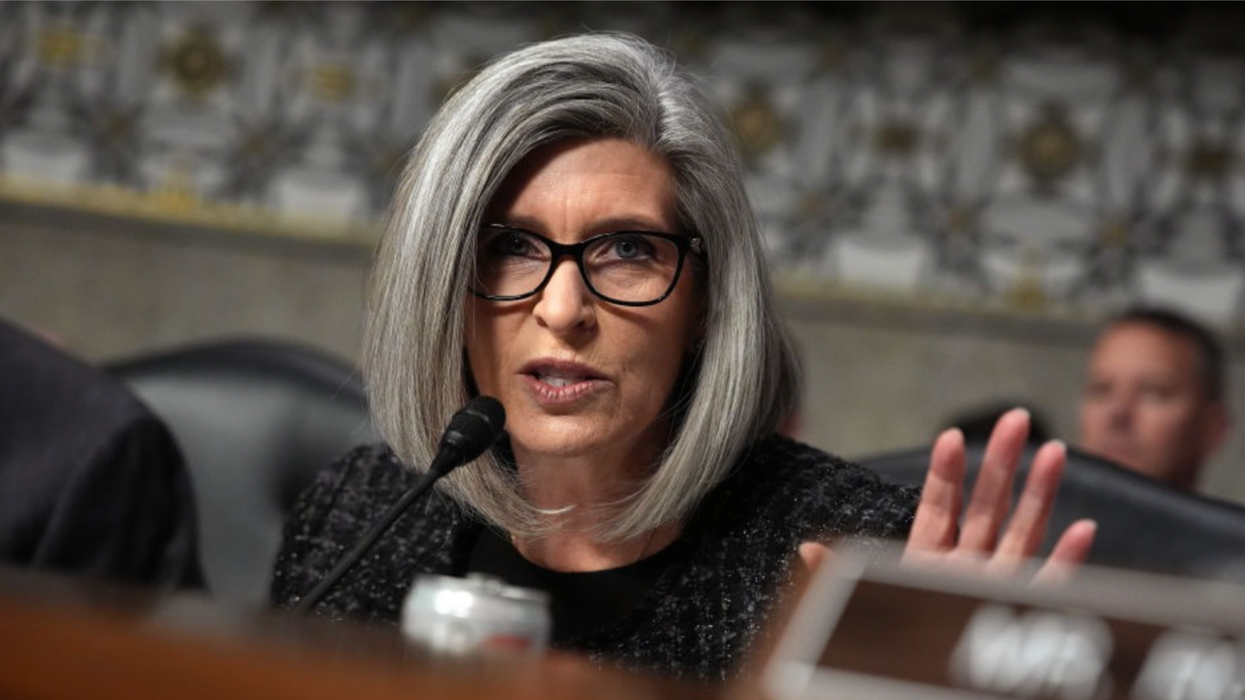




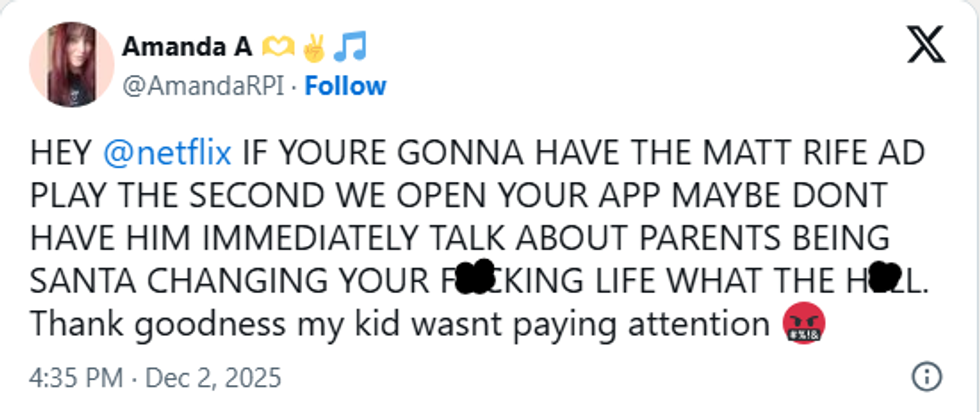
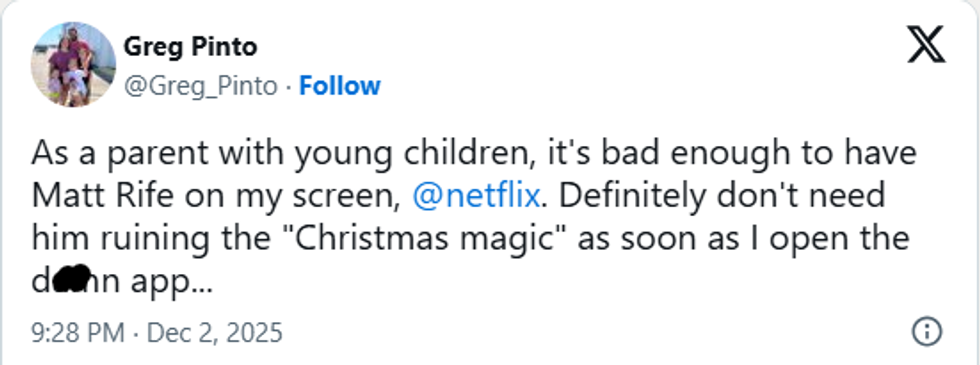



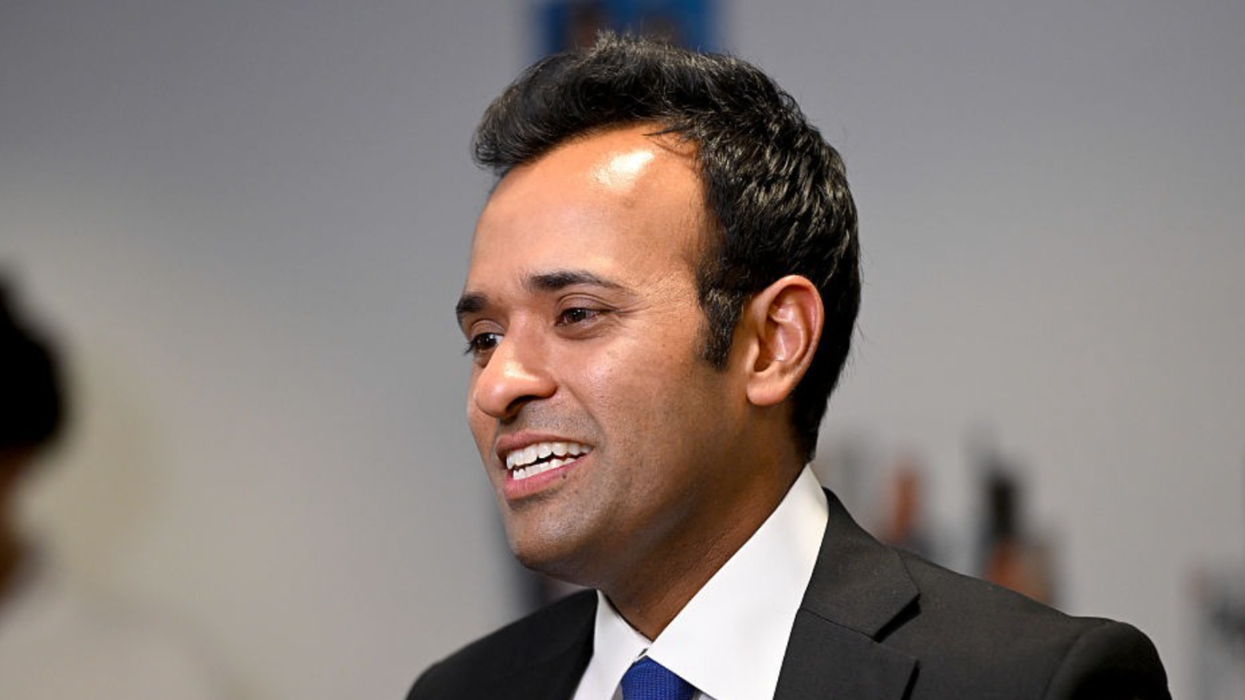
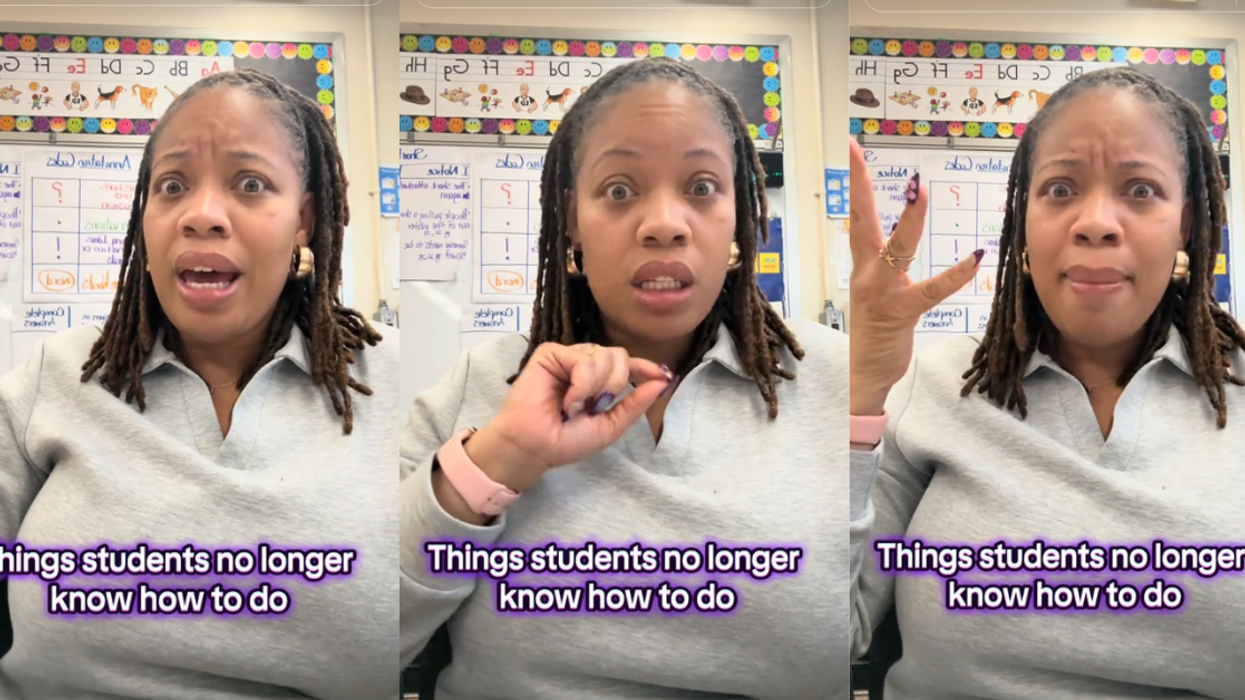

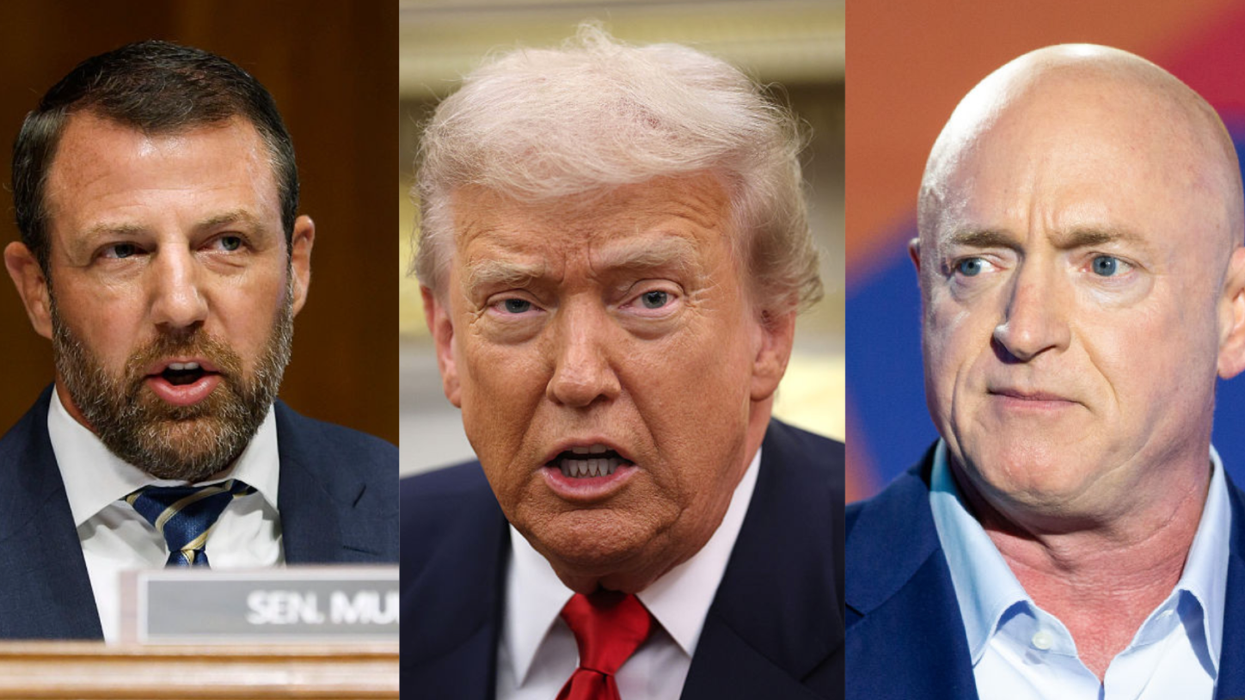



 Waving South Korea GIF by Pudgy Penguins
Waving South Korea GIF by Pudgy Penguins  Mardi Gras Parade GIF
Mardi Gras Parade GIF 

 @therealabbylee/Instagram
@therealabbylee/Instagram @nph/Instagram
@nph/Instagram @facetune/Instagram
@facetune/Instagram @jessicaleejessie/Instagram
@jessicaleejessie/Instagram @haleybo.baley/Instagram
@haleybo.baley/Instagram @lindsay.semm/Instagram
@lindsay.semm/Instagram @gracejamoua/Instagram
@gracejamoua/Instagram @connorriopelli/Instagram
@connorriopelli/Instagram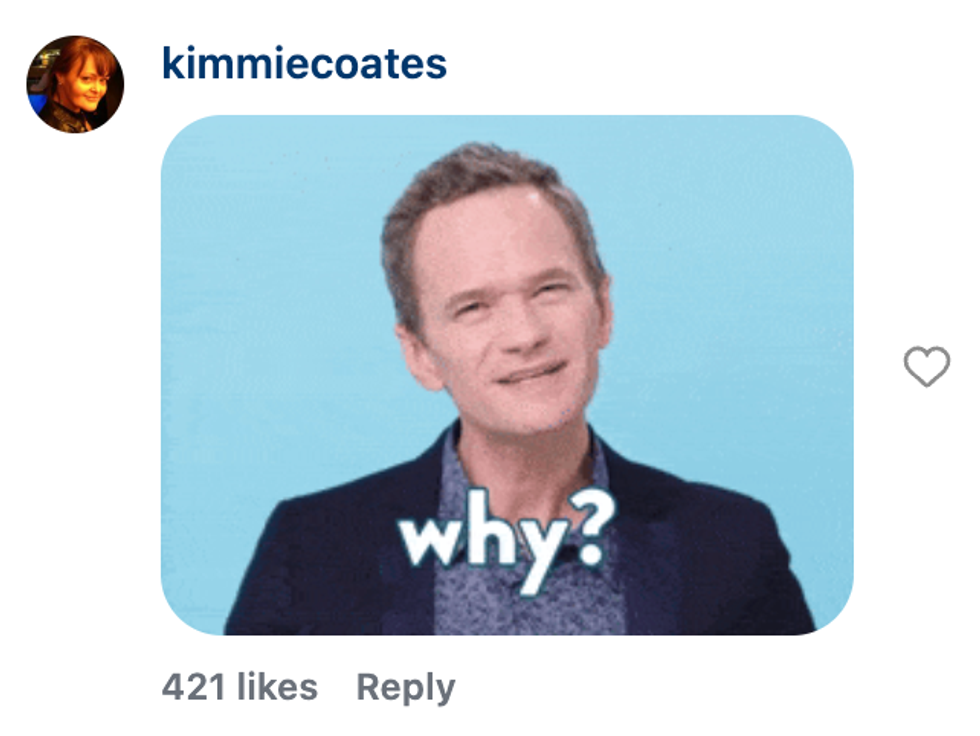 @kimmiecoates/Instagram
@kimmiecoates/Instagram @brianaledan/Instagram
@brianaledan/Instagram @dropdeadgwgeous/Instagram
@dropdeadgwgeous/Instagram @robz0mbeee/Instagram
@robz0mbeee/Instagram @aliciahardin/Instagram
@aliciahardin/Instagram @artonbway/Instagram
@artonbway/Instagram
 Hanover County Animal Protection and Shelter/Facebook
Hanover County Animal Protection and Shelter/Facebook Hanover County Animal Protection and Shelter/Facebook
Hanover County Animal Protection and Shelter/Facebook Hanover County Animal Protection and Shelter/Facebook
Hanover County Animal Protection and Shelter/Facebook Hanover County Animal Protection and Shelter/Facebook
Hanover County Animal Protection and Shelter/Facebook Hanover County Animal Protection and Shelter/Facebook
Hanover County Animal Protection and Shelter/Facebook